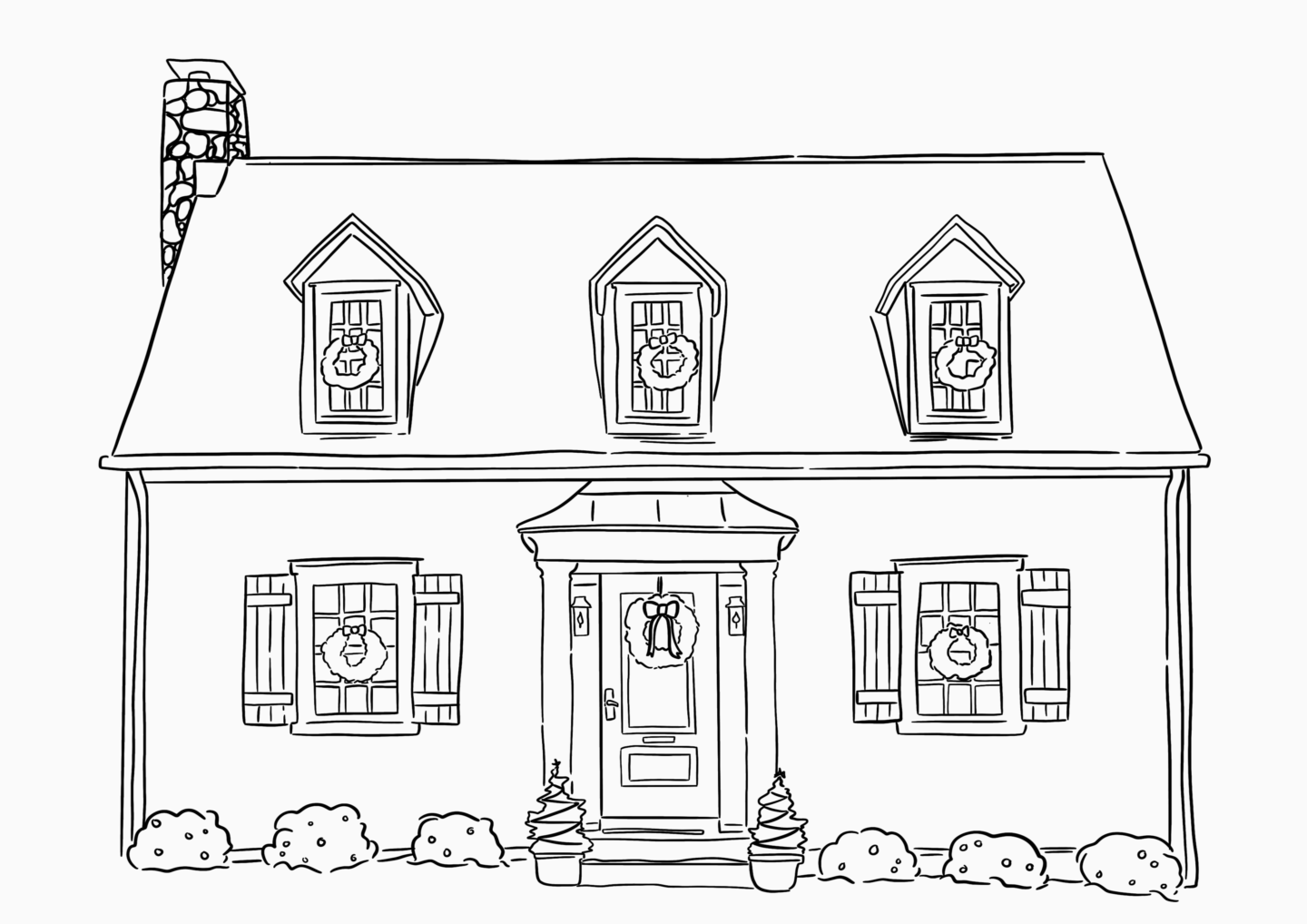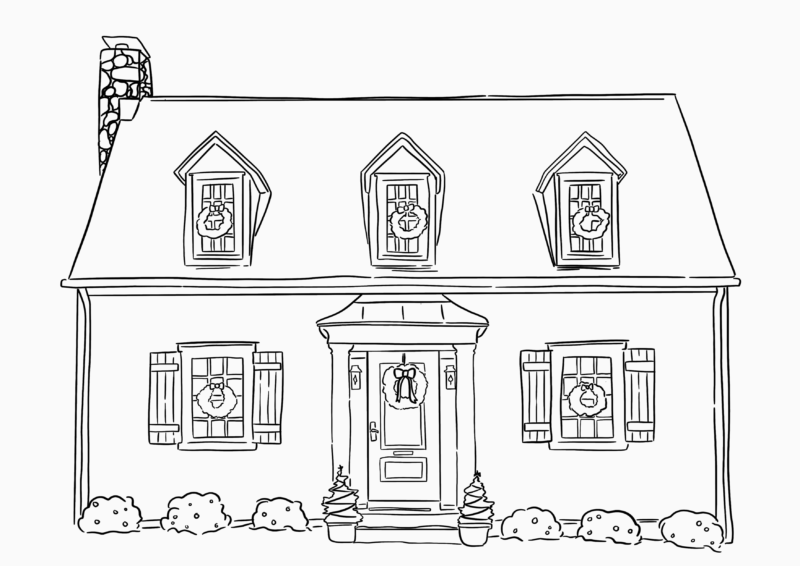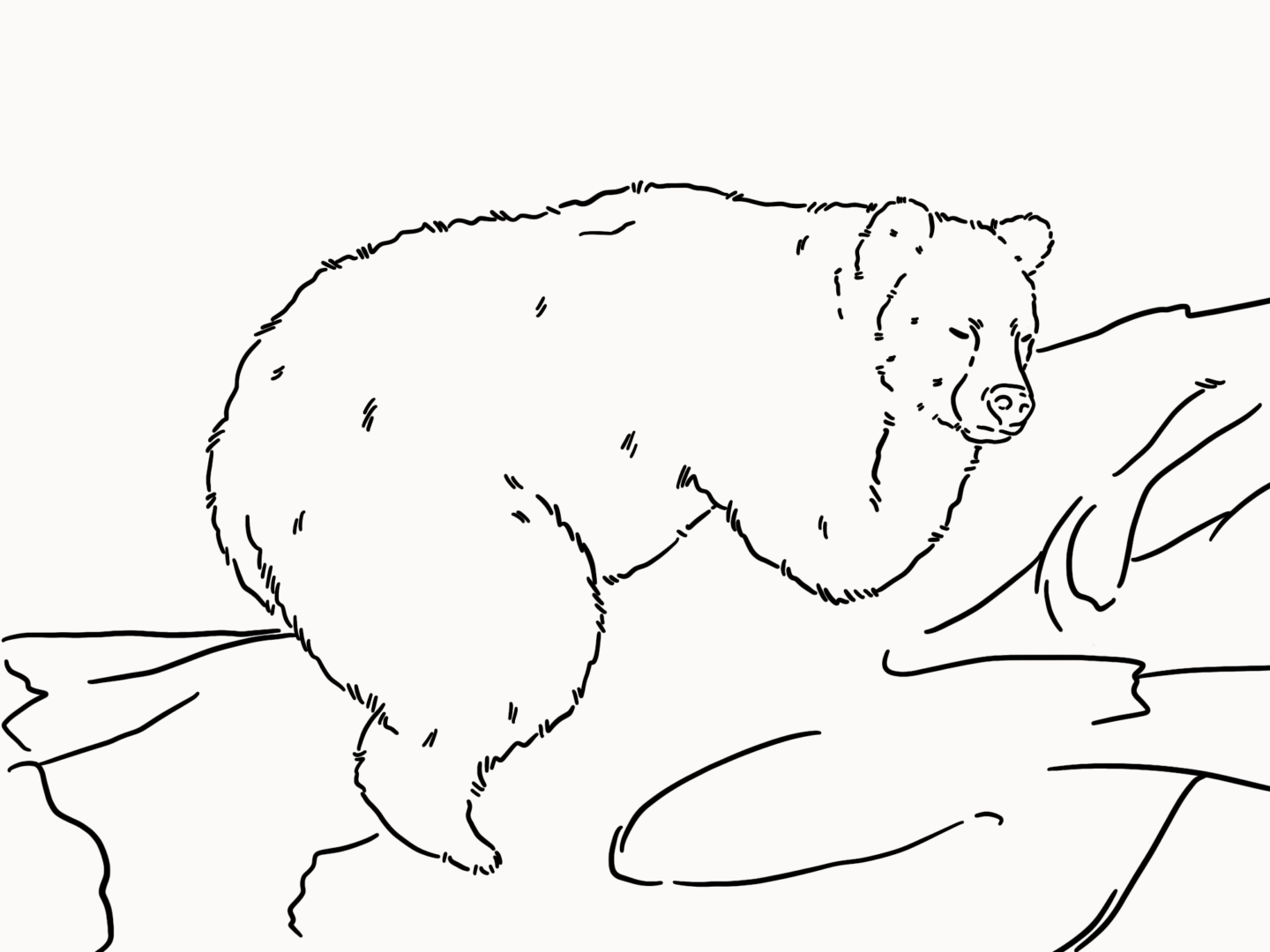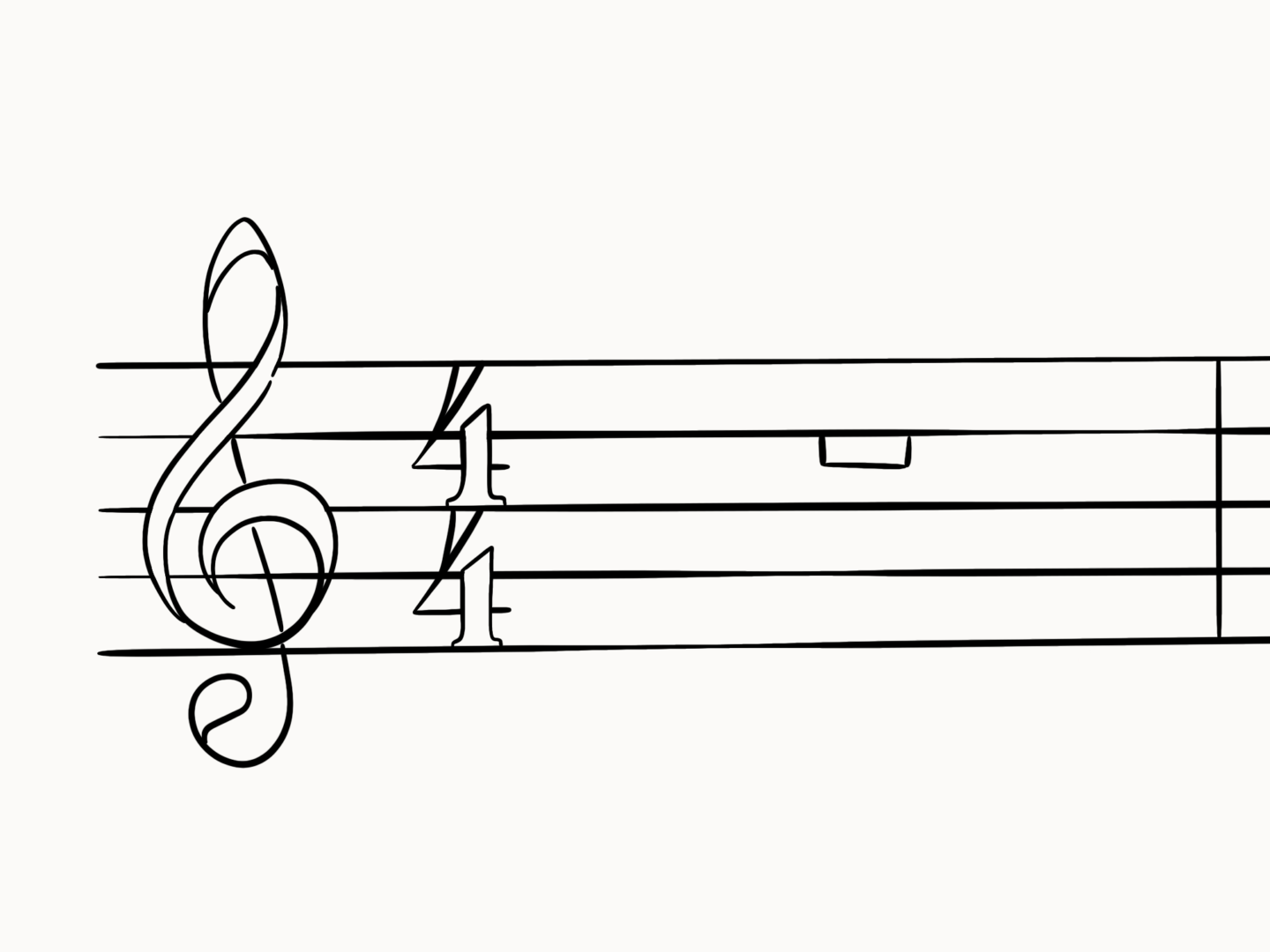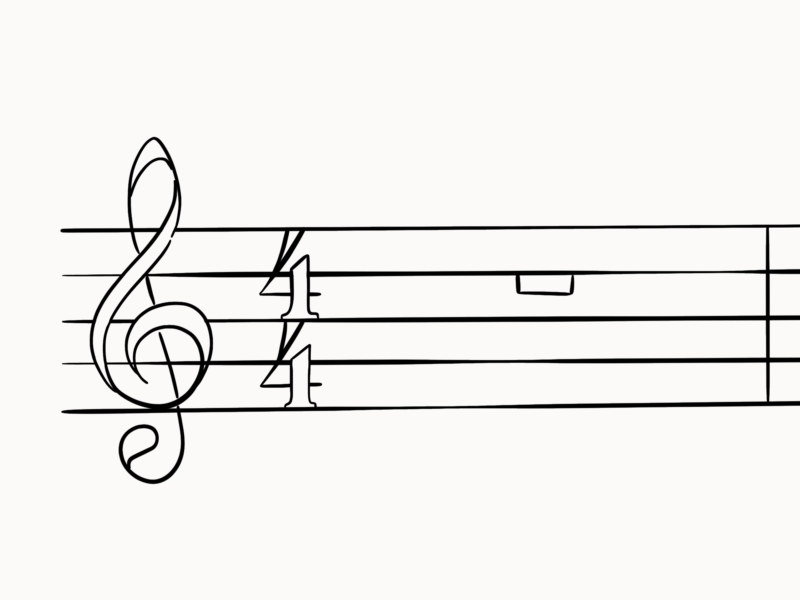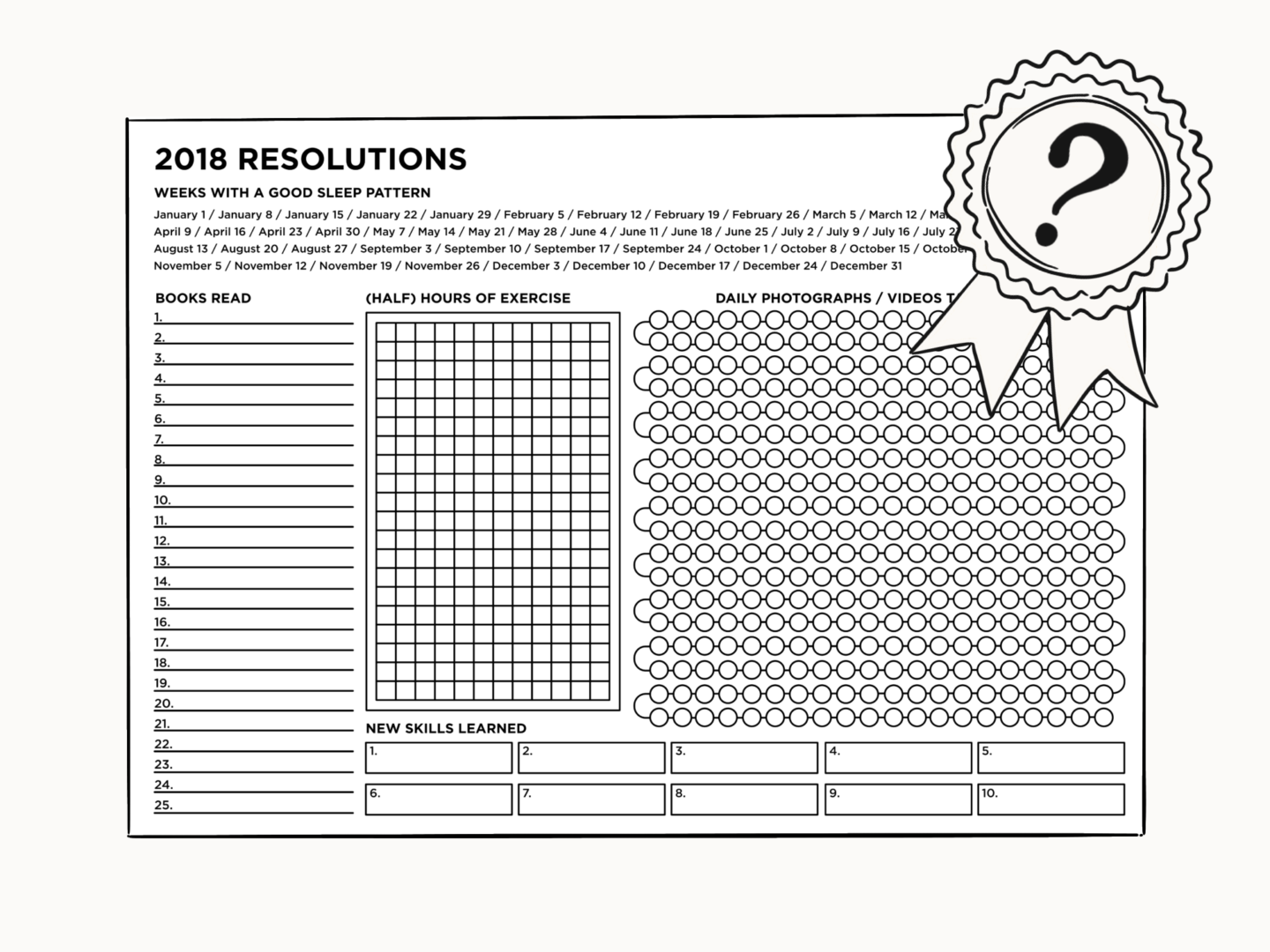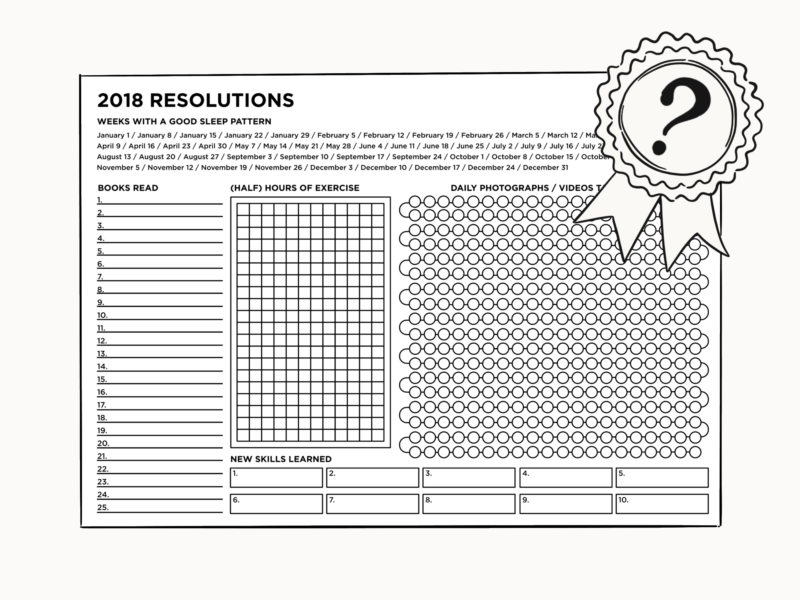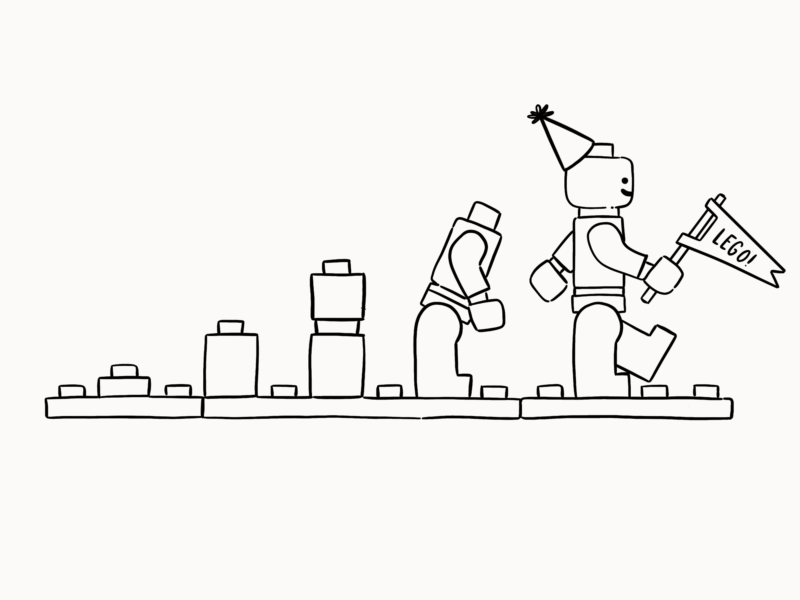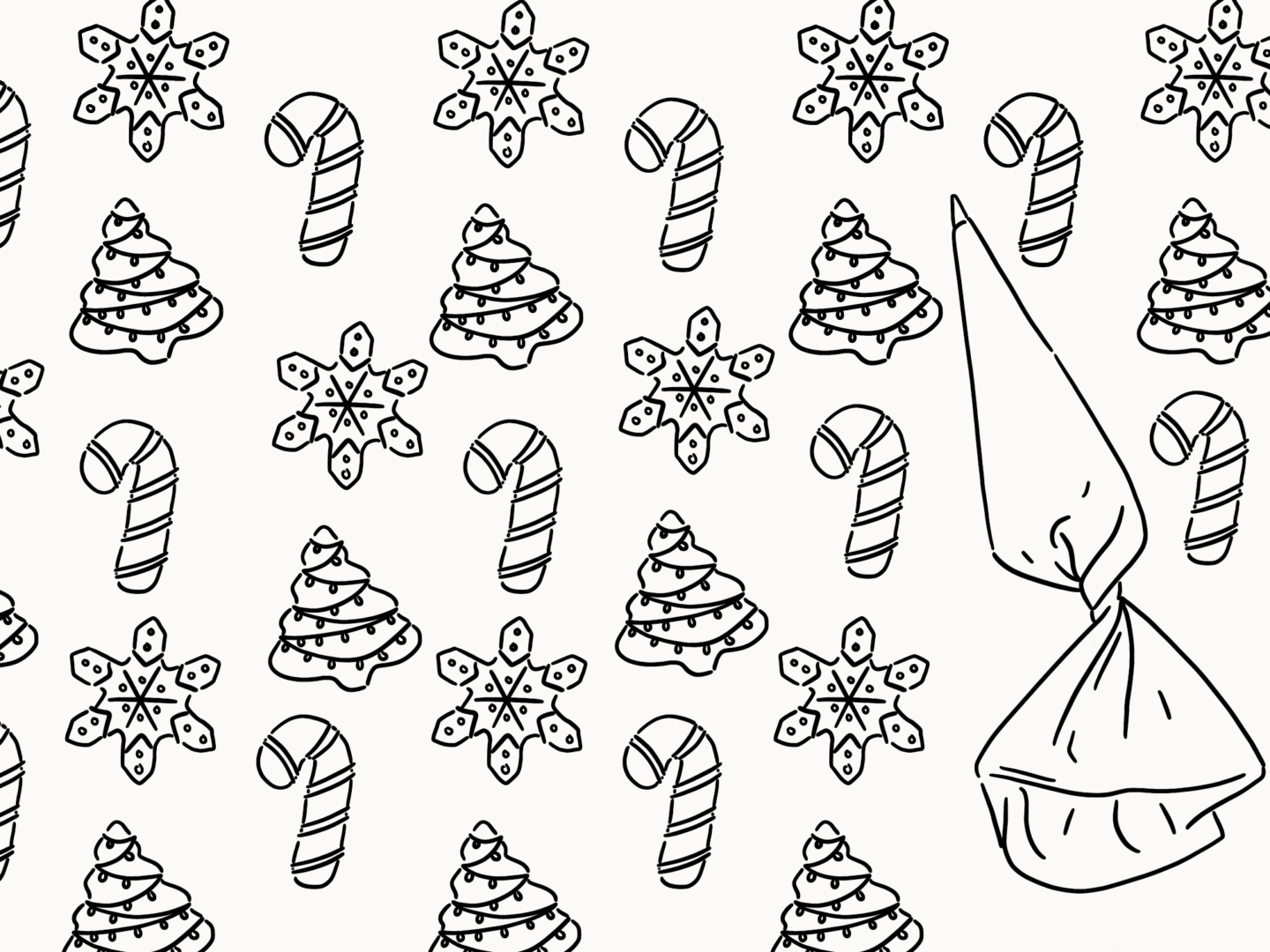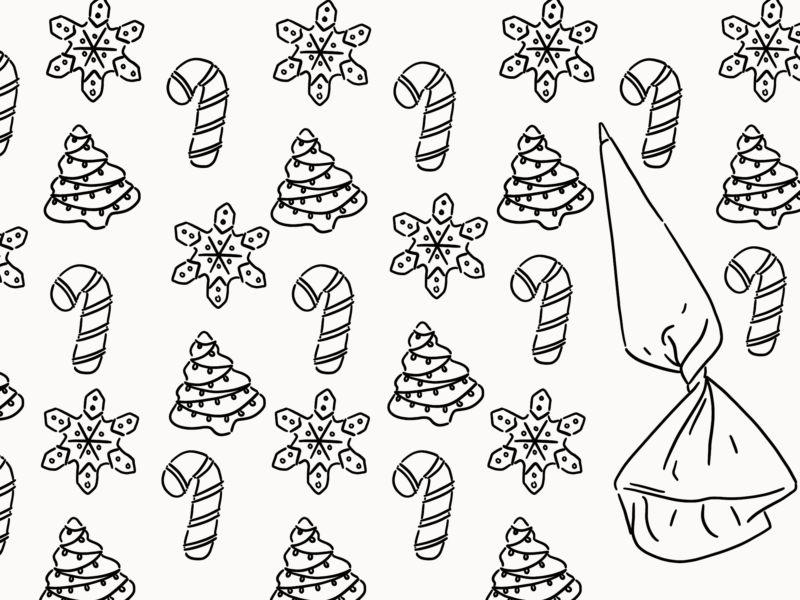I loved playing with Lego as a child, and I’ve somehow found a job where I get to play with Lego for work, so I still love playing with it. I’m clearly not the only one who thinks it’s great The Inventors Workshop quizzed 2,000 toy industry experts on their top toy of all time, and LEGO came out on top. So how did Lego come to reign supreme?
Lego has always been a family business. In the early 1920s Ole Kirk Christiansen, and his 12 year old son Godtfred, made wooden stepladders and ironing boards. They worked out of a small shop in Billund Denmark. Business was going well until, in 1924, “his sons accidentally set a pile of wood chips in the shop on fire”. The fire destroyed not only their workshop, but their home as well.
And so began the disastrous history of the Kirk Christiansen family. Ole didn’t see the fire as a set back though, he took it as an opportunity to create a bigger, better workshop. Once again he grew his business.
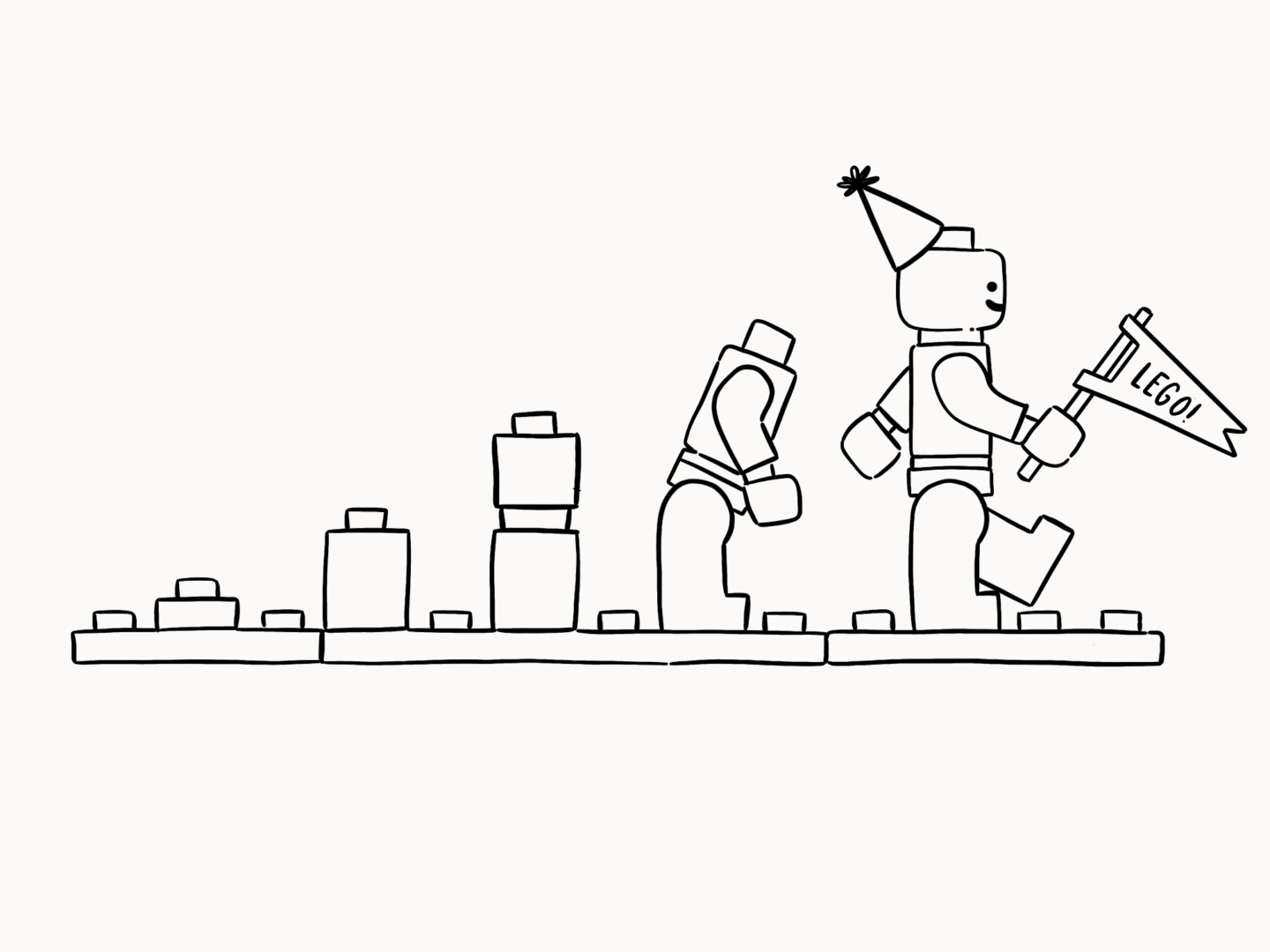
But the Great Depression and the loss of Ole’s wife pushed the company into layoffs and closures. Once again faced by adversity, rather than give up Ole decided to double down on the work he loved best building toys with his sons. The gamble didn’t pay off immediately. But Ole’s dedication and refusal to cut corners pulled the Kirk Christiansens through once again. In 1934, the business took the name of LEGO, which came from the Danish words “LEg GOdt,” meaning “play well.”
Another disastrous fire in 1942 led to the creation of the Lego we all know, love, and have felt the pain of stepping on today. Having to rebuild his factory from the ground up, Ole invested in Denmark’s first plastic-injection molding machine. He wasn’t able to use it commercially until after the war induced materials shortage in 1947. But he’d had plenty of time to play, so in 1949 Lego released what they called their “Automatic Binding Brick”.
The bricks were inspired by a similar design by British company Kiddicraft. But Ole’s son, as his father’s health declined, took the brick one step further. He turned a simple block into a system of play. Every block they created, he realised, should fit with the next, creating infinite possibilities of play. He wanted to unlock the potential for play in children, giving them the opportunity to build and rebuild just as Lego itself had.
Unfortunately Ole died just before that dream was realised in 1952. But his legacy carried on thanks to his son’s ingenuity. In fact, “any LEGO block produced since 1955 can interlock with any other.”
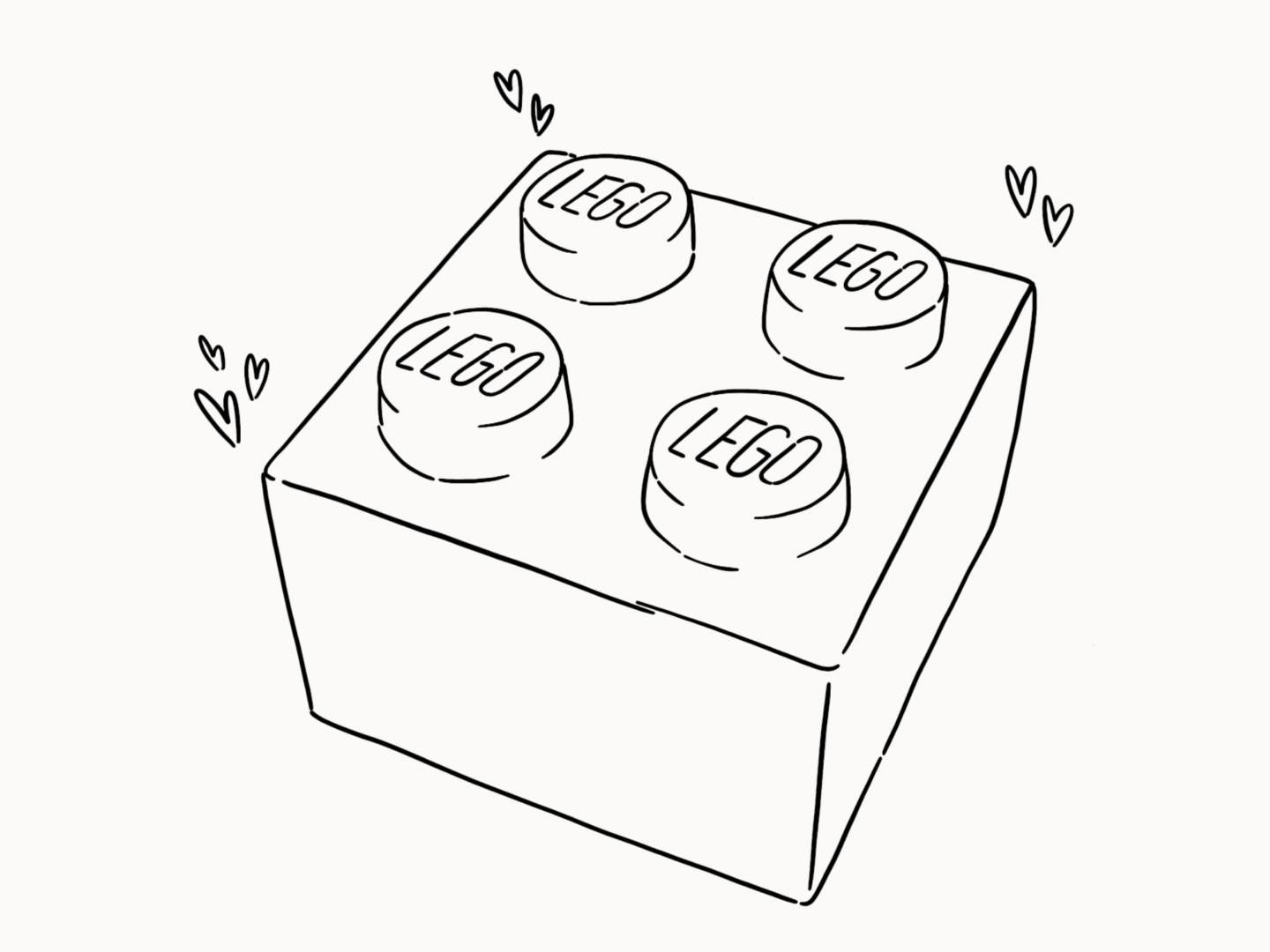
Disasters have also led to some of Lego’s greatest recent achievements. Near financial ruin led to one of my favourites, because it means I get to play with Lego at work. “The idea of the LEGO® SERIOUS PLAY® methodology originated in 1996 when the two professors Johan Roos and Bart Victor at IMD in Switzerland and LEGO Group CEO and owner Kjeld Kirk Kristiansen were exploring alternative strategic planning tools and systems.” Essentially they realised that Lego was so universal, that it created a safe language to help people communicate and work together. So, today you have businessmen in identical grey suits playing with Lego and talking about their models in order to start conversations on topics that are hard to broach without something to fiddle with. Where in traditional design workshops conversations can be anchored by the most eloquent person in the room, or the one who can draw the best prototype, everyone can build with Lego and everyone can build together with Lego.
Lego may be the the best toy of all time, but it got there through overcoming failures. If there’s a moral to this design story is that in the face of adversity you have to keep going, or rather you have to keep playing as well as you can.
Natalie
